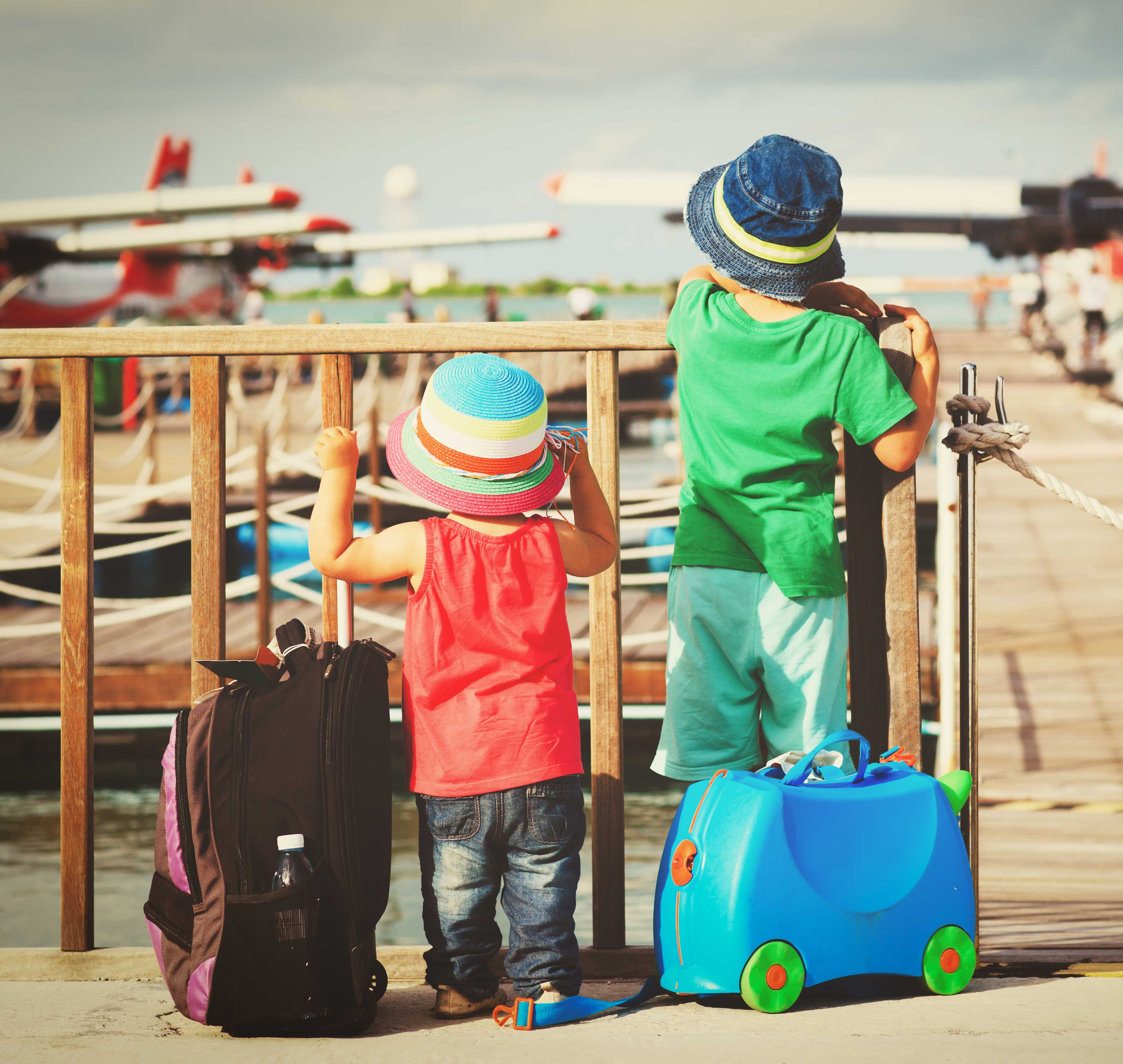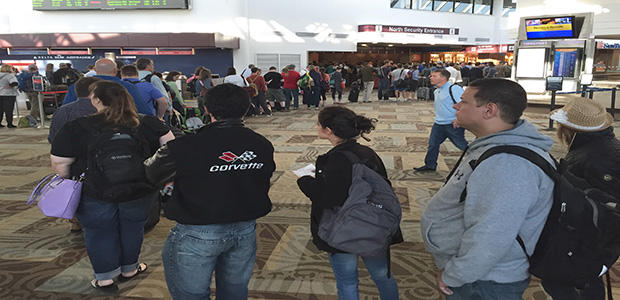Are you an aspiring traveler hoping to hit the open road and explore a foreign country without worry? Packing is one of the most important components of any successful trip and ensuring that you have all the right items in your suitcase can make or break your travels. But never fear! With these tried-and-true travel packing tips, you can learn how to pack like a pro and get on with your journey knowing everything is taken care of. From being strategic about what type of luggage to bring to choosing versatile clothing options, this blog post will arm you with essential knowledge so that packing for your next adventure becomes easy.
Get Your Trip Schedule in Order to Make a Packing List
Your trip should include a plan for all the necessary items you’ll need while traveling. Make a list of essentials such as a passport, mobile phone, adapter plugs, and any required medications. Additionally, pack items like a flashlight, portable battery charger, and an external hard drive in the event your electronics need extra power or storage.
Related Read: Travel App Any Travel Need in 2023
Start with Your Must-Have Items
Do you have any non-negotiable items that you absolutely cannot leave behind? Make sure to set them aside. Think outside the box and consider items such as your favorite travel pillow, noise-canceling headphones, camera gear, or a water bottle. Don’t forget to bring any necessary documents such as a passport that you may need while on your trip.
Your Heaviest Items Should be At Bottom
The items you want easy access to should be placed at the top when packing your suitcase. On the other hand, heavier items such as shoes or a laptop should go near the bottom of your bag so that they don’t end up crushing fragile items like clothing in the middle.
Coordinate Your Clothing Around Two Pairs of Shoes
Chances are, you don’t need to bring more than two pairs of shoes on your trip. If you coordinate your clothing around the two pairs of shoes that you do decide to bring, it will make packing and organizing much easier.
Small-Sized Travel Products
If you’re looking to free up some space in your suitcase, look for travel-sized versions of the products you use on a daily basis. Instead of bringing full-sized bottles of shampoo or conditioner, opt for small containers filled with just enough product to last your trip.
Don’t forget to store any liquids and gels in a Ziploc bag to prevent them from spilling and making a mess.
Pack Clothes That Can Be Layered
When packing clothes, try to select items that can be easily layered together for different occasions. A lightweight jacket or sweater is perfect for layering over a tank top or blouse if the temperature drops during your travels, and wearing long pants and tights can make a skirt more appropriate for cooler weather.
By bringing items that you can layer, you’ll save space in your suitcase and have plenty of outfit options for wherever your travels take you.
Keep All Your Valuable with You
When you’re traveling, it’s important to always keep your most valuable items with you. Make sure that any passport, cash, credit cards, and jewelry are stored in a place where they can be easily accessed if needed. Avoid wearing expensive jewelry during your travels, as it could become lost or damaged while you’re away from home.
Additionally, it’s a good idea to make copies of important documents like your passport and credit cards before you leave so that you will have backup copies available if they are lost or stolen.
Finally, always be aware of your surroundings and trust your gut instincts regarding safety during your travels.
Conclusion
Planning your travels and packing like a pro will revolutionize the way you approach each excursion. So, what are you waiting for? It’s time to embrace the thrill of travel without having to worry about losing or forgetting essential items. With these packing tips in mind, use the power of planning to become a savvy traveler that knows how to pack like an expert. Happy trails!




 Flying with Kids: Prepare In Advance
Flying with Kids: Prepare In Advance